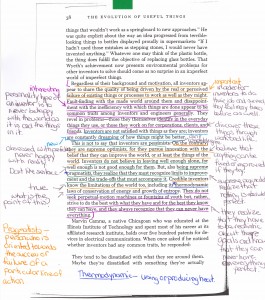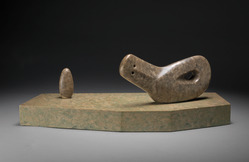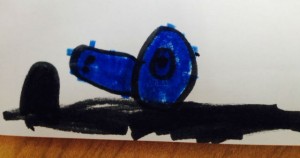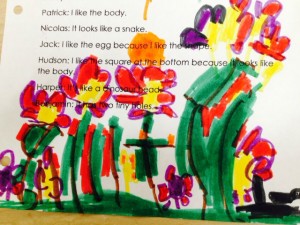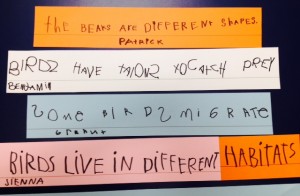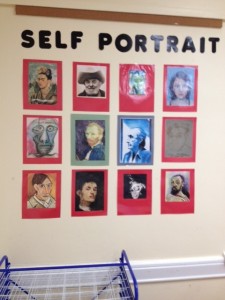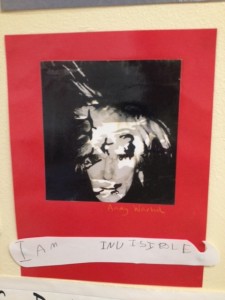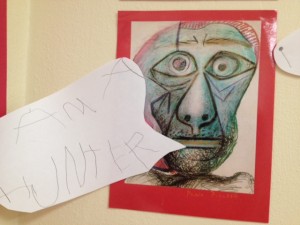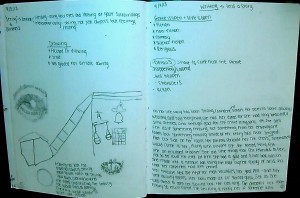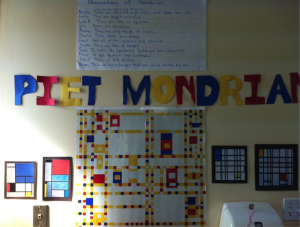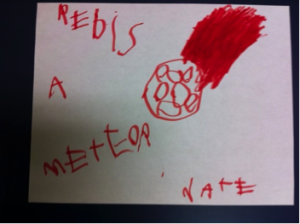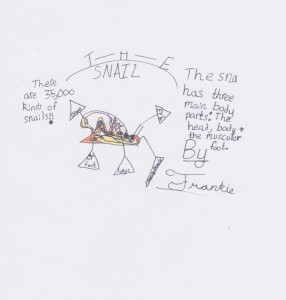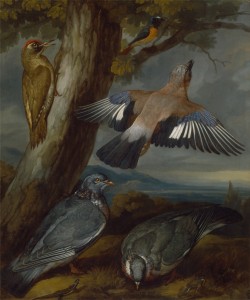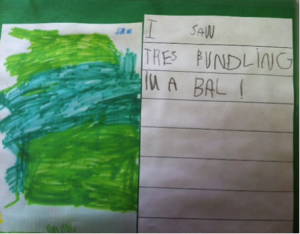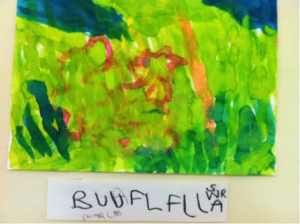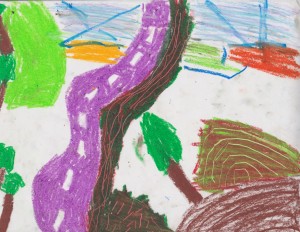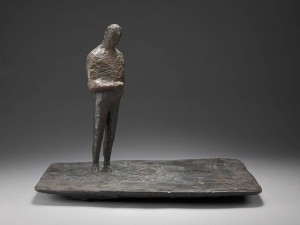When we think of visual design and books, we might consider children’s picture books, or comics. If we have happened upon an exhibit on or offline, we might recall illuminated manuscripts. We have such a wonderful history of visual texts and the contemporary examples for readers of all ages abounds — think Dr. Seus, Simms Taback, Rosemary Wells or Chris Ware, Marjane Satrapi or even Tom Phillips. Easily accessible, all these words and images can seem distant from any kind of classroom practice.
Years ago in conversation with a friend during a seminar on reading and writing, we discussed a method of annotating texts. From this delightful conversation, I began to experiment with colors as a way of marking texts. So, for example, if I were to ask students to annotate parts of the text that seemed difficult I would request highlighting in a particular color with some comment. As you can see below, the text/ the essay becomes it’s own visual record. I can’t tell you how many texts I’ve seen highlighted in yellow with little or no explanation.
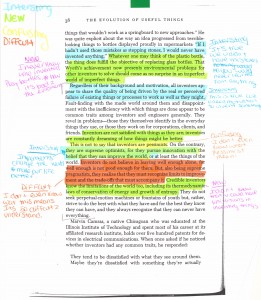
I don’t think the exact assignment or annotative directive is always the key. Even with similar instructions the annotations above are different. The key is the framework and to think of annotation as a visual record of the reading experience. Defined in this manner, what a person, a teacher, a student, a reader chooses to annotate and how is open ended. When I taught our ESOL transitional class I secured the funds to buy students a copy of one of the books we read. Once the text was theirs, they were free to ‘mark’ the text, to visually interact with the text, to tell the text what they see, feel, think, and/or remember. When we have a text and the text is ours, annotating becomes our visual record of the reading experience. Here’s a page from my own text:
Strong readers often mark texts and this visual work is deeply linked to the reading experience. Considering annotation as a critical and creative activity, we can design and practice this skill in a multitude of ways. And, once again, as we link student’s visual experience into their ever growing language arts skills we strengthen their ways of interacting and communicating with the world.
–James Shivers
